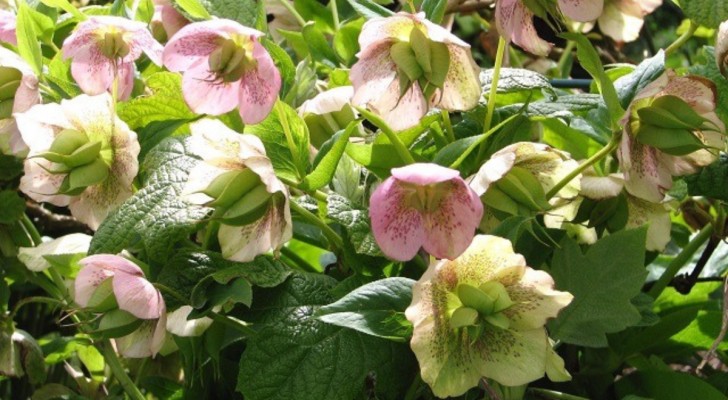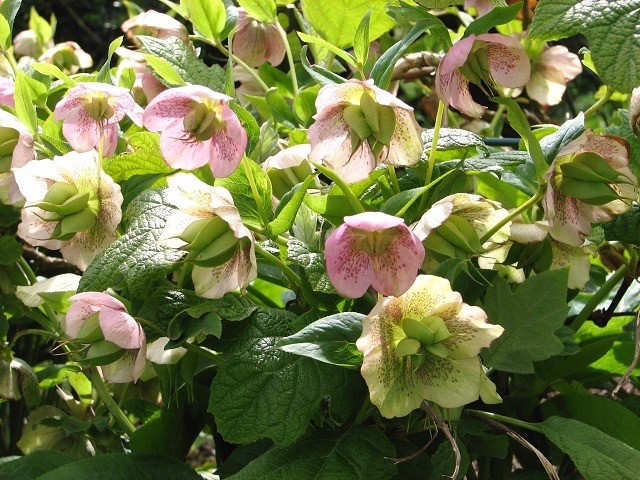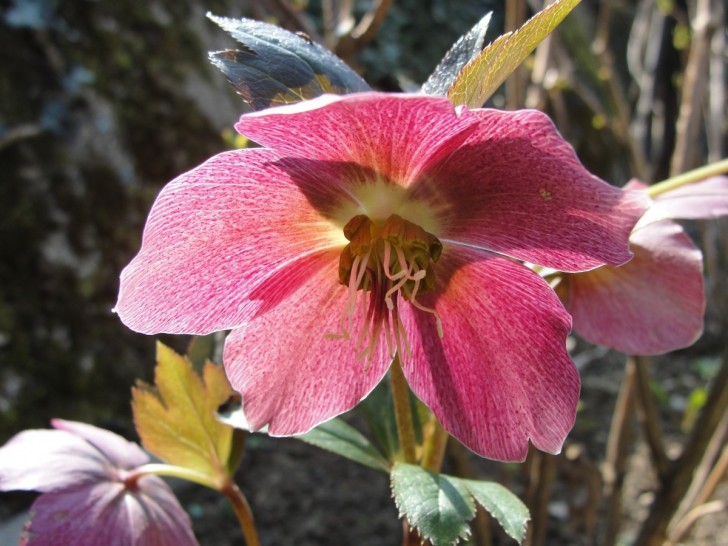Hellebore - an extraordinary plant: find out how to grow the so-called "winter rose"

Often called "Christmas Rose" or "Winter Rose", Hellebore (Helleborus) is a herbaceous plant which flowers in winter, just when other plants are entering their dormant period. Despite fewer sunlight hours in winter, Hellebore thrives in these conditions
This plant is a perennial, which can be sown in the garden or in pots, and does not require much care. There are different varieties, which change in the appearance of their petals (pointed or round) as well as in their colors. There are the lighter varieties with red dots, but there also others that turn pink, purple and even dark burgundy.
Interesting facts about Hellebores

Photo © Evelyn Simak (cc-by-sa/2.0)
The species of Hellebore that we call the "Christmas Rose" is also known as black Hellebore (Helleborus niger), has been used since ancient times as a cure for mental illnesses. But be aware that this is actually a toxic plant!
Widespread in Europe, especially in the Balkans area, there are also many varieties that originate from Eastern Asia.
So, why is this type of hellebore called a "rose"? If you look at it you will quickly understand why: in fact, it resembles a very commonly found flower - the dog rose (Rosa canina).
Cultivating hellebores

Macro Mama/Stocksnap
Exposure: these plants are found in the wild on the edges of fields and in woods, which indicates that they are not particularly "fussy". In colder areas of the world, it will be best to place them in spots in the house and garden that get full sunlight, so that they can make the most of it on short winter days when they need it for their flowers. In warmer areas, however, they can also be grown in partial shade.
Given the flowering period, they can also be planted under tall trees and deciduous trees, which will not block the light in winter and will filter out the stronger light in hot periods.
As for the soil, it must be rich, fertile and well-draining. You can enrich the soil with compost and (once a year) with manure.

Pxhere
Watering: those plants that are in open ground are basically autonomous in autumn and winter, needing only a little care in their first year. However, you need to keep an eye on them more often if they are in pots. When in pots, you need to make sure that the soil is always kept moist and that there is no water stagnation.
Planting: if the ground is not hard and frozen due to the cold in winter, you can do this at any time. To give them the best chance of facing the winter, it is always better to plant them in advance - between the end of summer and before the first frosts of late autumn/early winter. So if you buy them in pots close to the Christmas holidays or during the winter, consider keeping them in these, checking them often, and then move them to larger pots or flowerbeds in the open ground as soon as spring arrives.
Among the most beautiful species are the following:
- Corsican Hellebore (Helleborus Argutifolius)
- Eastern Hellebore (Helleborus orientalis), native to Greece
- Green hellebore (Helleborus viridis)
- Helleborus purpurescens, with dark flowers, native to Hungary
- Helleborus abchasicus, with double corona, native to the Caucasus
And as for hybrids, there are many, and we highlight just three here:
- Helleborus x ericsmithii 'Angel Glow'
- Helleborus x hybridus 'Glenda's Gloss'
- Helleborus orientalis 'Double Red'
Ready to welcome a Hellebore into your home?